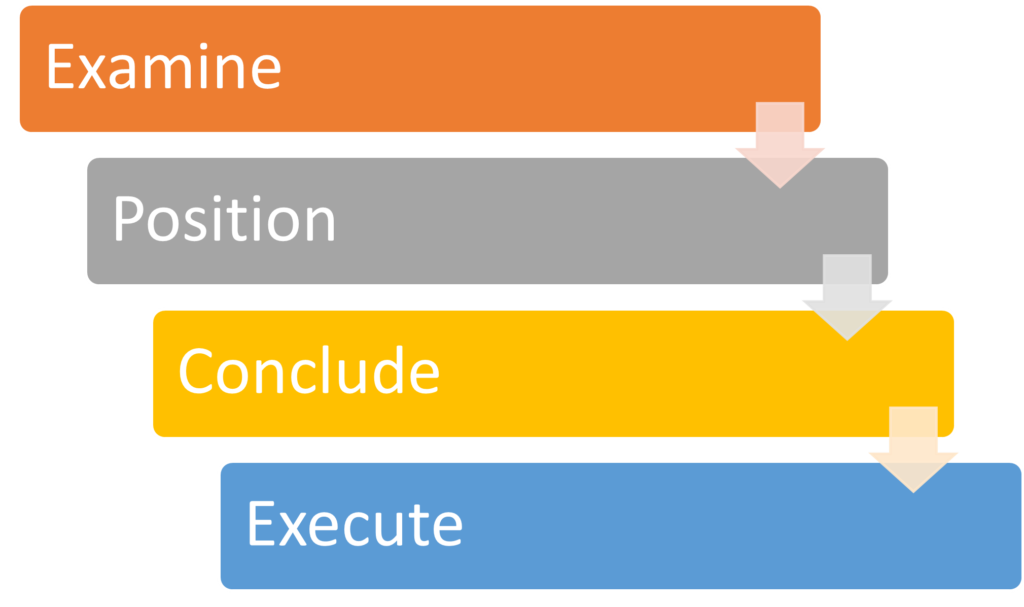Effective strategic planning emphasizes insight, readiness, and adaptability—not bureaucracy. BCG assists companies in adopting this approach to create lasting organizational value.
Many organizations find their strategic planning methods overly rigid and reactive, often mistaking strategic planning for just budgeting and long-term projections. While such methods might suit stable industries, predictability is increasingly rare.
We support clients in not only crafting strong corporate and business strategies but also in designing, building, and running strategic planning processes that yield valuable insights and drive impactful results.
Our Approach to Strategic Planning
The most effective strategies follow four best practices, yielding strategies with key characteristics:
- Consider Multiple Horizons: Address long, medium, and short-term goals individually, each with its unique pace and objectives.
- Refresh Strategic Dialogue: Avoid stagnation by focusing on evolving strategic questions and adapting processes to match the changing environment.
- Engage Broadly: Involve business leaders, board members, agile teams, and external partners to avoid groupthink and enhance execution.
- Prioritize Execution and Monitoring: Ensure clear communication, an action-focused mindset, and tracking on a shared performance dashboard, protecting priority initiatives from day-to-day distractions.
Strategic Planning in an Agile Environment
Organizations are adopting agile methods to speed up results by granting teams greater autonomy. However, autonomy without alignment can cause disorder. Achieving strategic alignment is challenging in traditional settings, and even more so when rapid planning and frequent adjustments are needed in dynamic markets. KC’s Examine, ,Position, Conclude,Execute (EPCE) approach helps keep teams aligned and provides valuable feedback on subtle indicators that may signal the need to adjust the strategy

The Examine, Position, Conclude, Execute (EPCE) Loop
Examine
Consistently monitor the environment to identify opportunities and risks. Examine key trends and their effects on all business areas: customers, competitors, technologies, regulatory changes, and investor interests.
Position
Develop a strategic outlook to guide management through the evolving landscape of competitive advantage. Synthesize key issues, uncertainties, and future scenarios into a unified perspective on both current and future sources of competitiveness.
Conclude
Choose a strategy and ensure alignment. Clearly communicate the plan for achieving success.
Execute
Convert the strategy into prioritized actions, clarifying the strategic intent and underlying assumptions. Launch critical initiatives needed to achieve the strategic objectives and share the primary assumptions to establish a feedback loop.
KC’s Client Work in Strategic Planning
A major fintech firm re-envisioned its strategic planning approach as part of a broader shift toward agile operations. This ongoing, adaptable planning process embedded strategic capabilities across the organization, improving alignment from senior management to board levels. Enhanced transparency and alignment allowed for faster evaluation of emerging fintech solutions, ultimately boosting growth and responsiveness to market shifts.
A global tech startup, seeking more impactful planning methods, transitioned from a budget-focused approach to a strategic model. Together, we crafted a flexible framework that promoted real-time collaboration among headquarters, regional offices, and project teams, creating a strong link to execution. A follow-up survey showed that 90% of stakeholders were highly satisfied, praising the approach for driving strategic clarity and operational alignment.